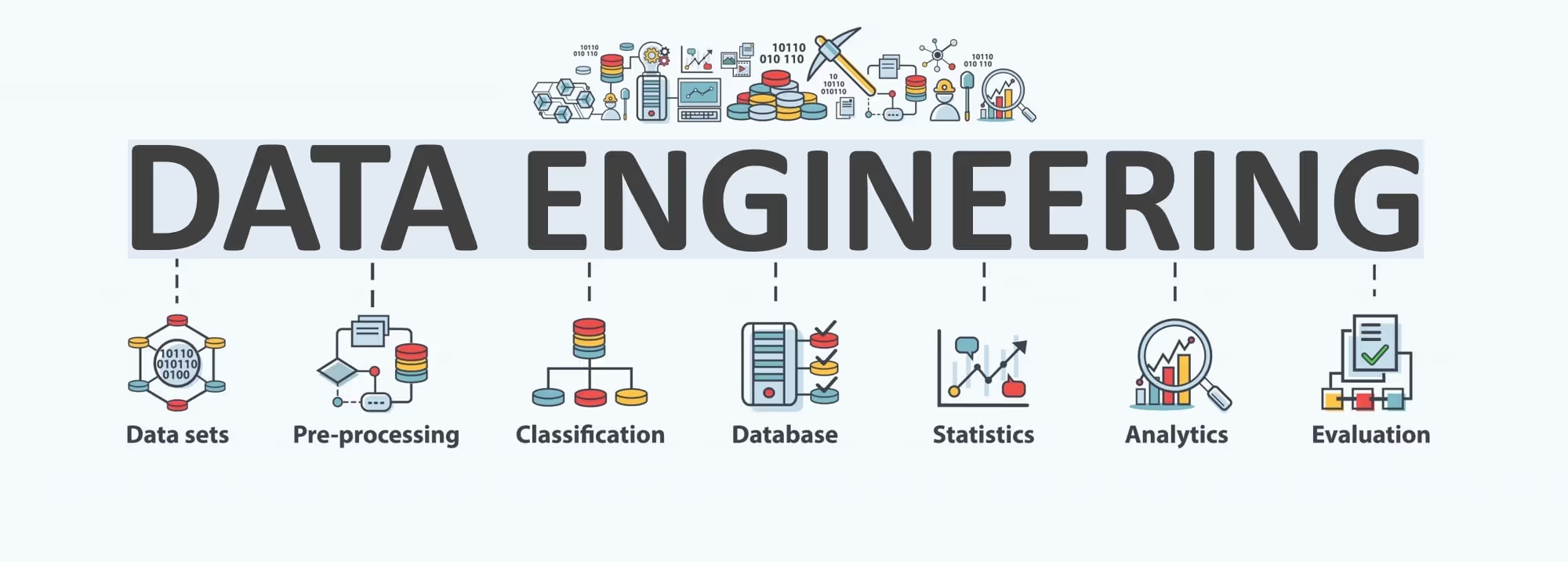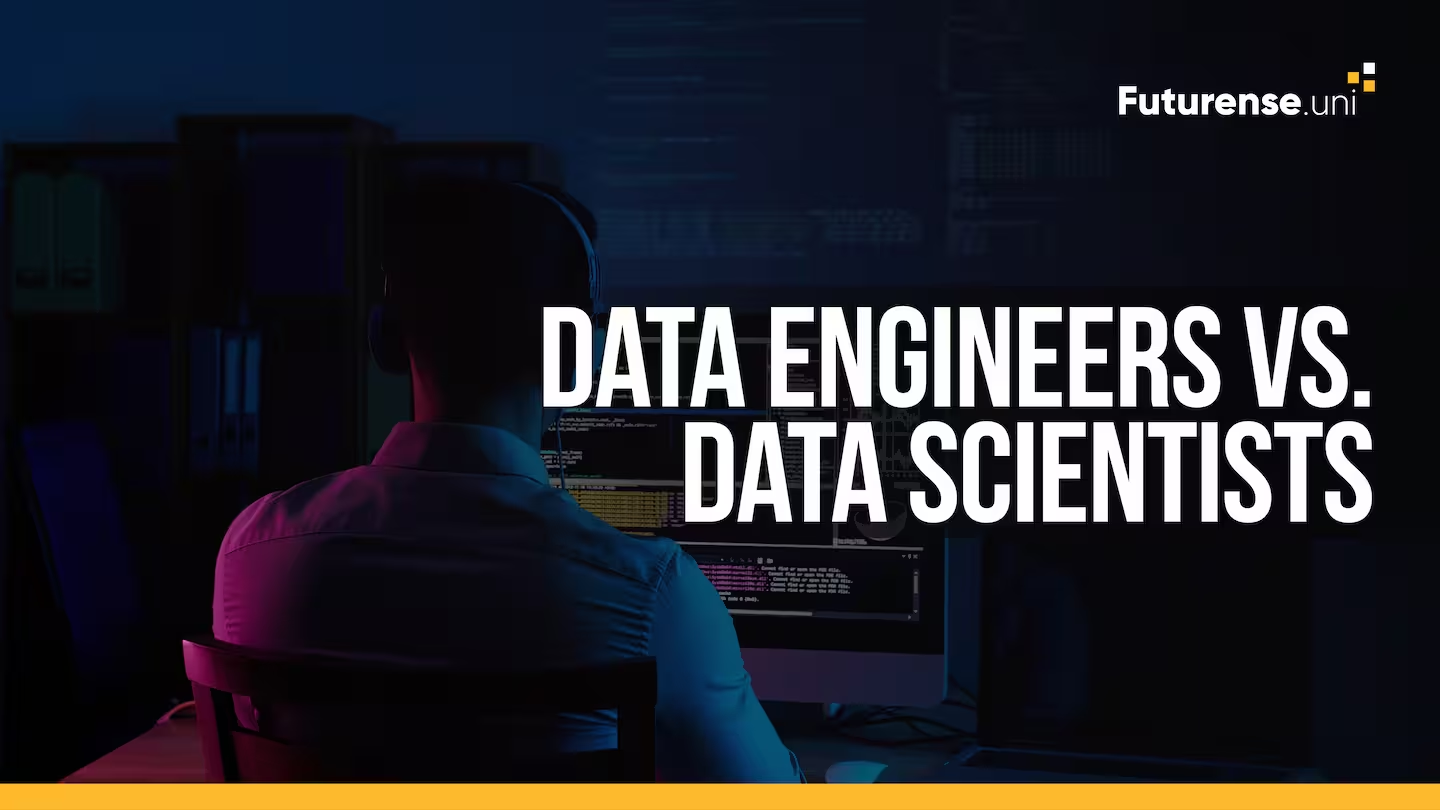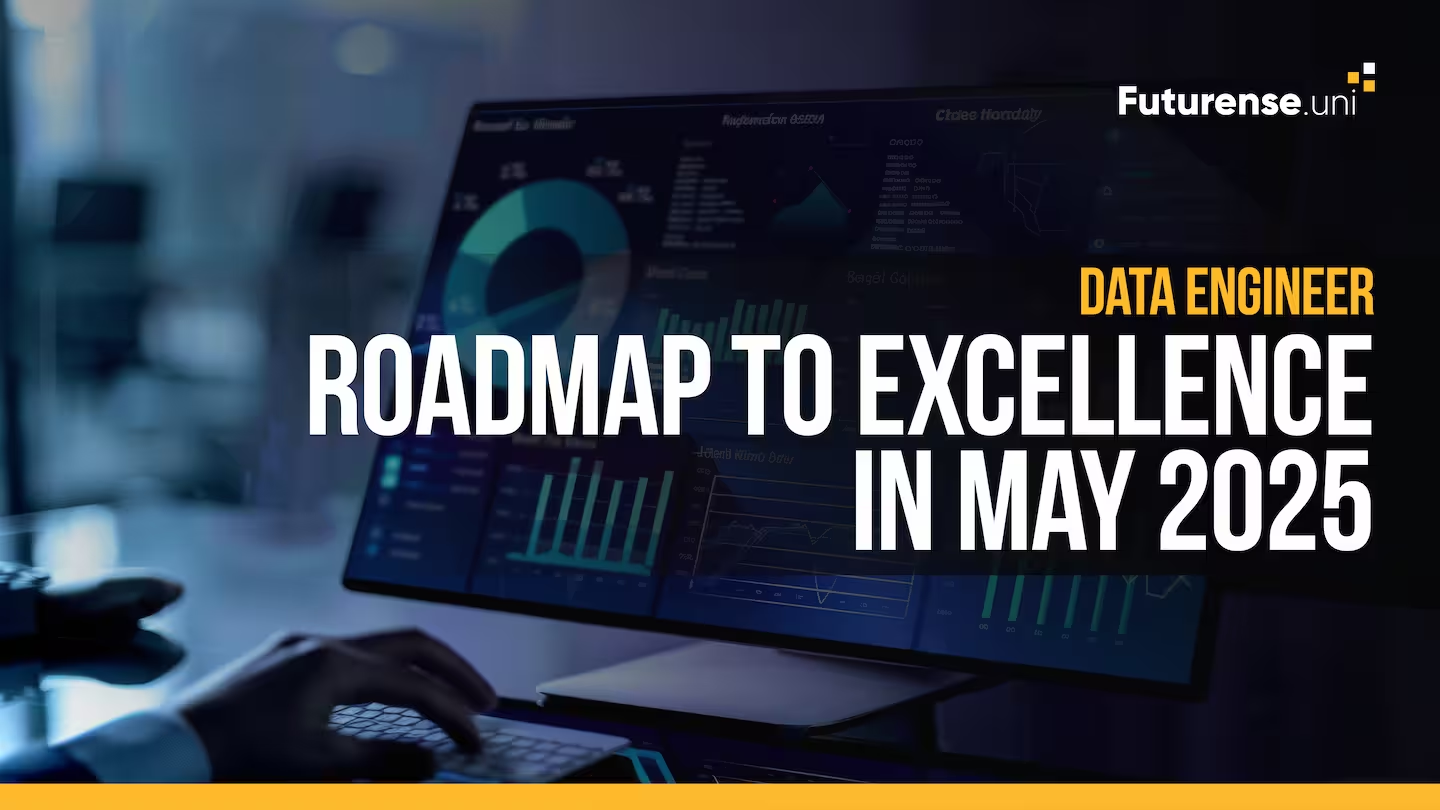Data is often referred to as the "new oil" in today's digital economy, but raw data—like crude oil—must be processed, refined, and structured before it becomes useful. That’s where data engineering comes into play. Data engineering is a foundational discipline that enables data-driven decision-making across organizations, powering everything from predictive analytics to artificial intelligence.
In this article, we’ll explore what data engineering is, its core responsibilities, tools used, how to become a data engineer, and much more. We’ll also look into the data flow diagram in software engineering, which plays a key role in designing and understanding data systems.
What is Data Engineering?

Data engineering is the practice of designing, building, and managing systems that collect, store, and transform raw data into usable information for analysis and decision-making. It serves as the backbone of modern data infrastructure.
Key Objectives of Data Engineering
- Efficient data collection and ingestion
- Real-time and batch data processing
- Data cleaning and transformation
- Designing data pipelines
- Ensuring data quality, integrity, and security
Data engineers work closely with data scientists, analysts, and DevOps teams to ensure that high-quality, accessible data is available across an organization.
What is the Role of a Data Engineer?
Understanding what is the data engineer role is crucial for those aspiring to enter the field. Data engineers are responsible for the entire lifecycle of data movement and transformation.
Core Responsibilities
What is a Data Flow Diagram in Software Engineering?
A Data Flow Diagram (DFD) is a graphical representation of how data moves through an information system. It is used extensively in software engineering to visualize the flow of data from input to output, through various processes.
Why DFDs are Important in Data Engineering
- Help understand complex data systems
- Improve communication between stakeholders
- Aid in debugging and optimization
- Serve as documentation for future development
How to Become a Data Engineer

If you're wondering how to become a data engineer, here's a structured roadmap:
1. Educational Background
Most data engineers hold a degree in:
- Information Systems
- Computer Science
- Software Engineering
- Data Science or related fields
However, it’s increasingly common for professionals to enter via alternative education paths such as bootcamps or online certifications.
2. Learn Core Programming Languages
Mastering the following is essential:
- Python (for scripting and data manipulation)
- SQL (for querying databases)
- Scala/Java (for big data processing frameworks)
3. Understand Databases
Learn both:
- Relational databases (PostgreSQL, MySQL)
- NoSQL databases (MongoDB, Cassandra)
4. Learn Data Engineering Tools
5. Build Real Projects
Hands-on experience is key. Work on:
- Building ETL pipelines
- Data warehousing projects
- Streaming data with Kafka or Flink
6. Earn Certifications
Credible certifications boost your profile:
- Google Cloud Professional Data Engineer
- AWS Certified Data Analytics
- Microsoft Azure Data Engineer Associate
Looking for top-rated courses? Check out the Best Data Engineering Courses on Futurense to accelerate your learning journey.
Data Engineer Jobs: Career Opportunities & Salaries

Demand for data engineers is skyrocketing as businesses realize the value of data-driven decisions. Let’s dive into the job landscape.
Top Industries Hiring Data Engineers
- Technology & Software
- Finance & Banking
- Healthcare
- E-commerce & Retail
- Media & Entertainment
- Logistics & Supply Chain
Common Job Titles
- Data Engineer
- Big Data Engineer
- Data Platform Engineer
- Cloud Data Engineer
- ETL Developer
Average Salaries
Skills Required to Succeed in Data Engineering
Beyond technical expertise, a successful data engineer also possesses strong problem-solving and communication skills.
Technical Skills
- Data modeling
- Data warehousing
- Cloud computing
- CI/CD & DevOps basics
- APIs and microservices
Soft Skills
- Attention to detail
- Project management
- Collaboration with cross-functional teams
- Agile methodology familiarity
Also Read: Data Engineer Interview Questions
Comparison: Data Engineer vs Data Scientist vs Data Analyst
Future Trends in Data Engineering
The field of data engineering continues to evolve rapidly. Here are some upcoming trends:
1. Real-Time Data Processing
Companies want immediate insights. Technologies like Apache Flink and Kafka Streams are gaining popularity.
2. DataOps & Automation
Similar to DevOps, DataOps aims to streamline data pipelines with automated testing, monitoring, and CI/CD workflows.
3. Serverless Data Engineering
Cloud providers now offer serverless data pipelines (e.g., AWS Glue, Google Cloud Dataflow) to improve scalability and reduce infrastructure overhead.
4. AI-Powered Data Engineering
AI is beginning to assist in data mapping, anomaly detection, and performance optimization of pipelines.
Conclusion
Data engineering is a vital pillar of any data-driven organization. It bridges the gap between raw data and meaningful insights, ensuring that analysts and scientists have reliable and timely data. From understanding what a data engineer does to learning how to become one, there’s a clear and rewarding path for aspiring professionals.
Whether you're just getting started or looking to upskill, consider investing in quality education and hands-on experience. Check out the Best Data Engineering Courses curated by Futurense to guide your journey.
Frequently Asked Questions
1. Is data engineering hard to learn?
It can be challenging due to the wide range of tools and concepts involved, but with structured learning, it’s entirely achievable.
What’s the difference between data engineering and software engineering?
While software engineering focuses on application development, data engineering is centered around data systems and infrastructure.
Can I become a data engineer without a CS degree?
Yes! Many successful data engineers come from math, physics, or bootcamp backgrounds.
What tools should I start learning first?
Begin with Python and SQL, then move on to databases and basic ETL pipelines.










